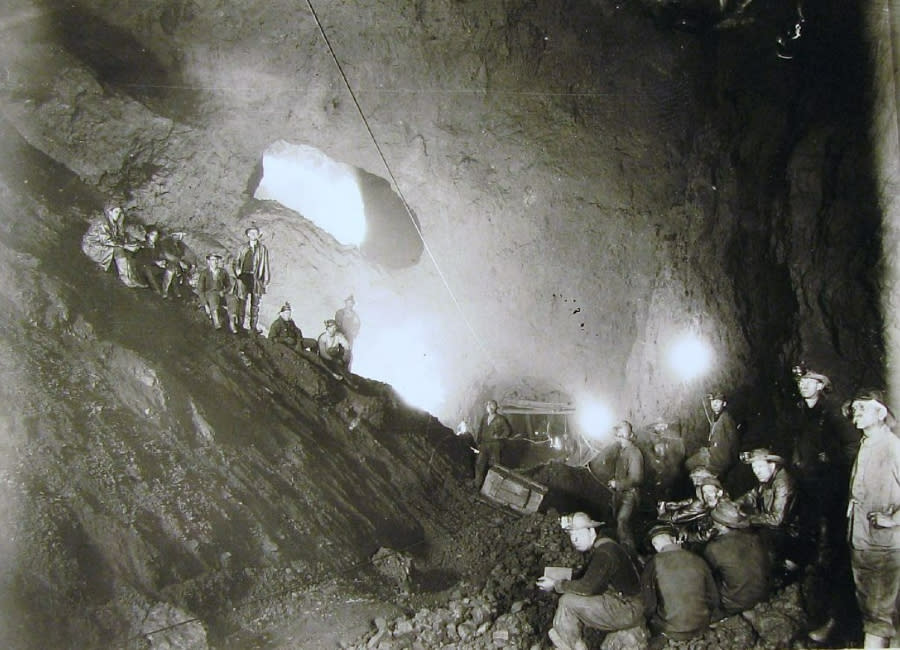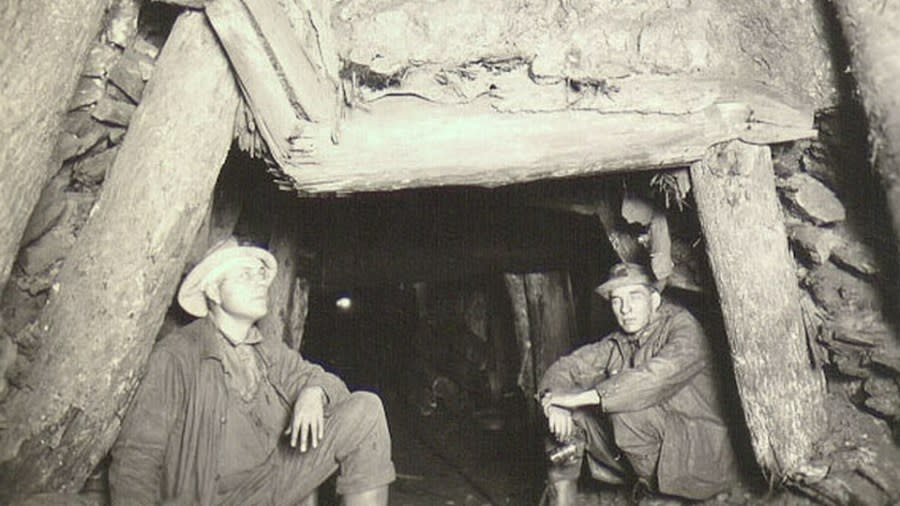Michigan is known for mining copper, iron, but there’s gold, too
GRAND RAPIDS, Mich. (WOOD) — History books have a lot to say about the 19th century California gold rush, but Michigan’s mining history doesn’t as get much mention.
While the Wolverine State is known for other minerals, gold can be found across Michigan, as well.
Michigan’s mining roots can be traced back to one man, while the pursuit of gold in Michigan centers around another.
MICHIGAN’S FIRST STATE GEOLOGIST
Douglass Houghton was born in New York in 1809 and made his way to Michigan after graduating college. In 1830, when Territorial Gov. Lewis Cass put out a call for guest lecturers on science, a former professor recommended Houghton and he quickly became recognized as an expert.
The next year, Houghton was drafted into the field by Henry Schoolcraft, chosen to help lead an expedition to find the source of the Mississippi River.
Because of his experience and expertise, when Michigan was granted statehood in 1837, leaders named Houghton the official state geologist.
The Toledor War: How Michigan got the Upper Peninsula
Lindsay Hiltunen, a university archivist at Michigan Technological University, says part of Houghton’s job was to travel to the newly acquired Upper Peninsula and survey the land.
“It was his job to survey the land, take notes, draw up maps, talk about what he was finding across the state,” Hiltunen told News 8. “His big report debuted in 1841. He talked about the rich mineral deposits in the Upper Peninsula: copper, iron, silver and gold were all expected to be in veins or in loose deposits.”
Houghton’s report sparked a mining boom — one that predates the California gold rush by several years.
“The news traveled quickly, so people really wanted to sort of catch on that fever,” she said. “It really was the copper boom first. By 1843, we were seeing a lot of prospectors and surveyors coming in to open up copper mines in the western Upper Peninsula.”
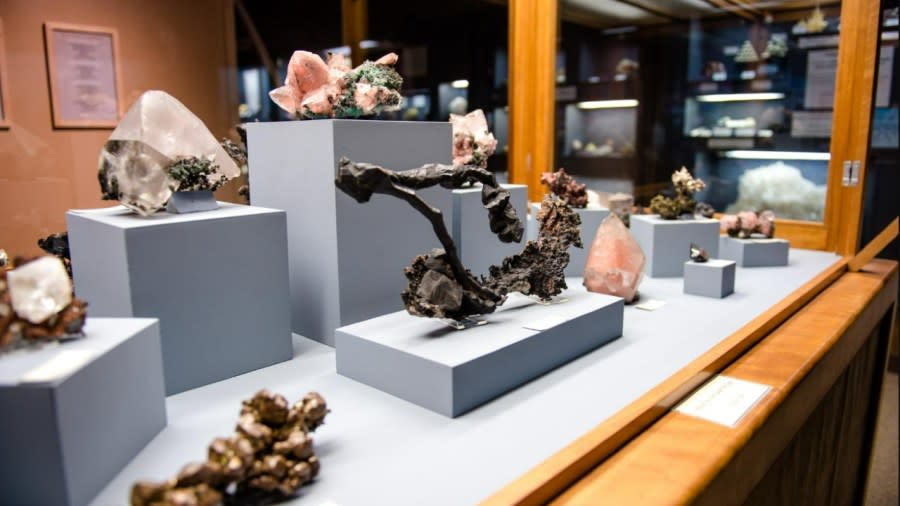
The mining boom sparked by Houghton led to the launch of several new communities and even Michigan Tech, which is now headquartered in a town named after him.
“People realized that there needed to be formal education to help train the next wave of mining engineers and those that would be doing high-level development for the mines,” Hiltunen said. “So the Michigan Mining school was formed. … Now they have expanded into the world-class university that we are today.”
Long live the king: James Jesse Strang and Michigan’s last brush with ‘royalty’
Despite his responsibilities in Detroit — he was elected mayor in 1842 — Houghton stayed committed to mining. In 1844, he traveled to Washington D.C. and managed to lobby Congress for federal funding to cover his geological work in the U.P.
Unfortunately, it was his work in the U.P. that ultimately cut his life short. While conducting another survey in October 1845, Houghton and two of his colleagues drowned when their small boat capsized in Lake Superior.
In this undated photo, a class from the Michigan College of Mines holds a session within an iron mine. (Courtesy Michigan Technological University) In this undated photo, two men rest inside the Pabst Mine in Ironwood, Michigan. (Courtesy Michigan Technological University) A photo of part of the Michigan copper gallery at the A.E. Seaman Mineral Museum of Michigan Tech. (Courtesy Michigan Technological University)
His work changed the Upper Peninsula’s landscape, but his sudden death launched an eerie legend for the area.
Storytellers say during Houghton’s fateful trip, while camped somewhere near modern-day Negaunee, he found a large deposit of gold. Fearing that his team would leave him to try and stake their claim, he kept the finding a secret, telling only one other person and never disclosing the location. So when Houghton’s ship sank, so did the location for potential riches.
The Nelson: 125 years later, one of Lake Superior’s darkest tales retold
Hiltunen said she has yet to see any evidence that the story is actually true.
MICHIGAN GOLD
You can still find gold in Michigan. It was left here by the same forces that carved the Great Lakes.
“Gold was left throughout the state when the glaciers moved across the state in the last ice age. Small amounts of gold can be in most all of the waterways in Michigan, which is actually kind of a surprise to people,” Hiltunen said. “But in terms of vein deposits for gold, the things that would actually make it worthwhile for a commercial extraction industry, they are few and far between.”
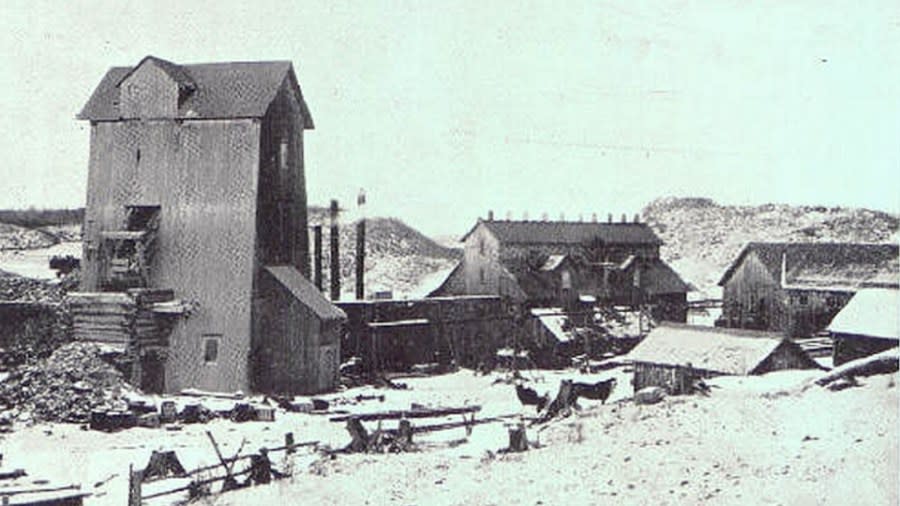
Shifting bear population could pose big problem for local farmers
At least one man gave it a go and found some success.
In 1880, Julius Ropes, the former Ishpeming postmaster and school board member, found enough gold about 5 miles northwest of town to establish a mine. Within two years, the Ropes Mine was up and running.
Over the course of 15 years, Ropes and his crew managed to carve out approximately 1,250 grams of gold and more than 6,000 grams of silver. According to records kept by the U.S. Geological Survey, the gold and silver was worth approximately $645,000 — estimated at more than $24 million today.
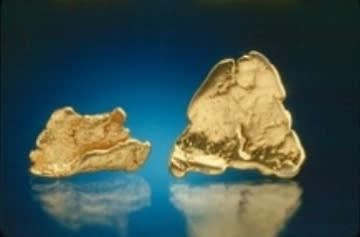
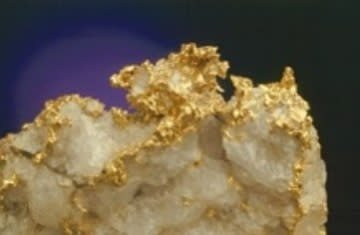
According to Hiltunen, financial troubles ultimately forced Ropes to walk away from the mine. The property has been sold and reopened a handful of times ever since, including in the 1930s and the 1970s.
It was eventually shut down in the 1990s after a hoist shaft collapsed inside the mine. Eventually, all shafts and declines were capped and closed, but there still’s always a chance the Ropes Mine could be reborn again someday.
“It would be pretty expensive to go back in and reopen things up, but it’s possible. If there is enough of a need and if the price goes up,” she speculated.
ON THE HUNT
According to the Michigan Department of Natural Resources, recreational gold panning is allowed on state-owned property as long as the state also owns the mineral rights. That includes streams in the Allegan State Game Area, the Yankee Springs Recreation Area and stretches of Green Creek in Muskegon County.
There are also several recommended spots in the northern Lower Peninsula. Placer gold has been found along the Boyne River in Charlevoix County, the Little Sable River in Manistee County and along the shore and connecting streams of Lake Leelanau.
Free screening of Buster Keaton documentary set for Frauenthal Theater
Some areas, however, are closed to gold panning because they are designated trout streams or are protected as critical habitat. The DNR recommends checking with the agency before exploring any new territory.
Panning is allowed, but only by hand. No powered sluice boxes or dredges are allowed. Sluice boxes are expected to be no larger than 52 inches long, 12 inches wide and 6.5 inches deep. Each person is allowed to keep up to 15.55 grams of gold per year from state-owned properties.
Copyright 2024 Nexstar Media, Inc. All rights reserved. This material may not be published, broadcast, rewritten, or redistributed.
For the latest news, weather, sports, and streaming video, head to WOODTV.com.
